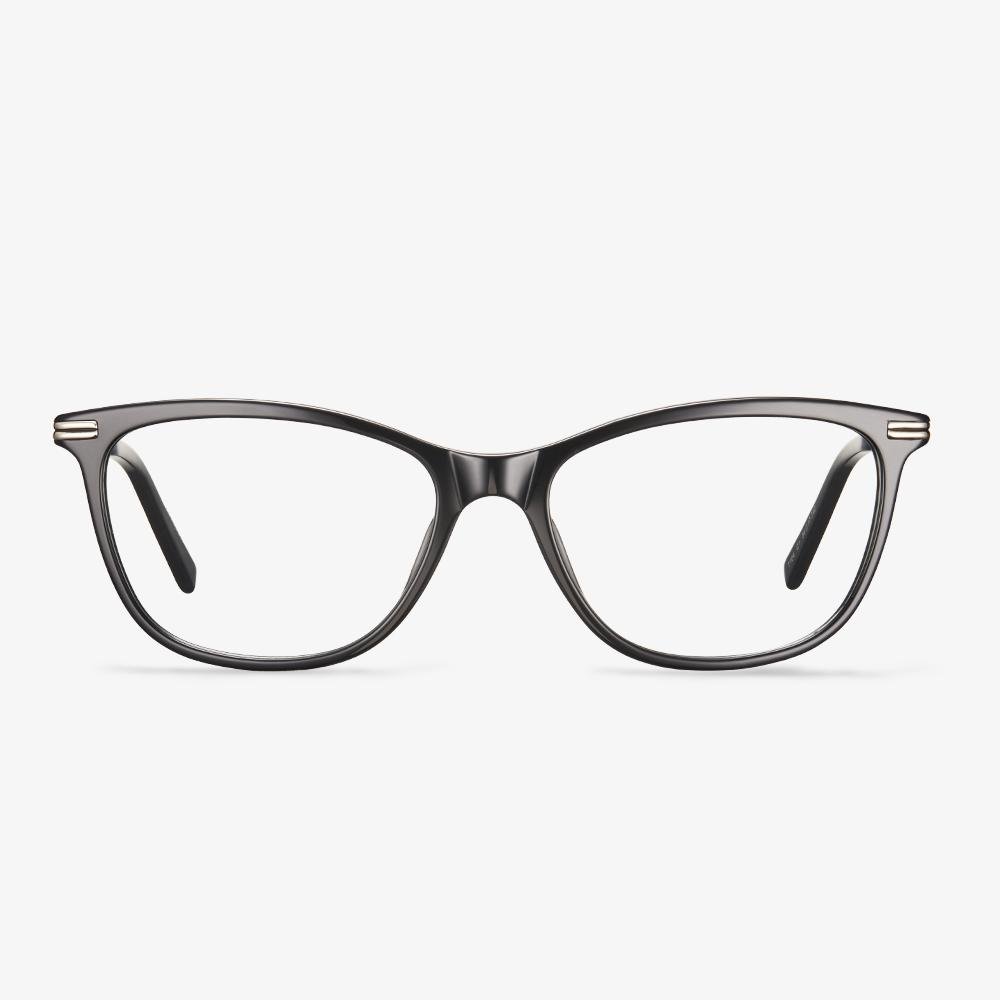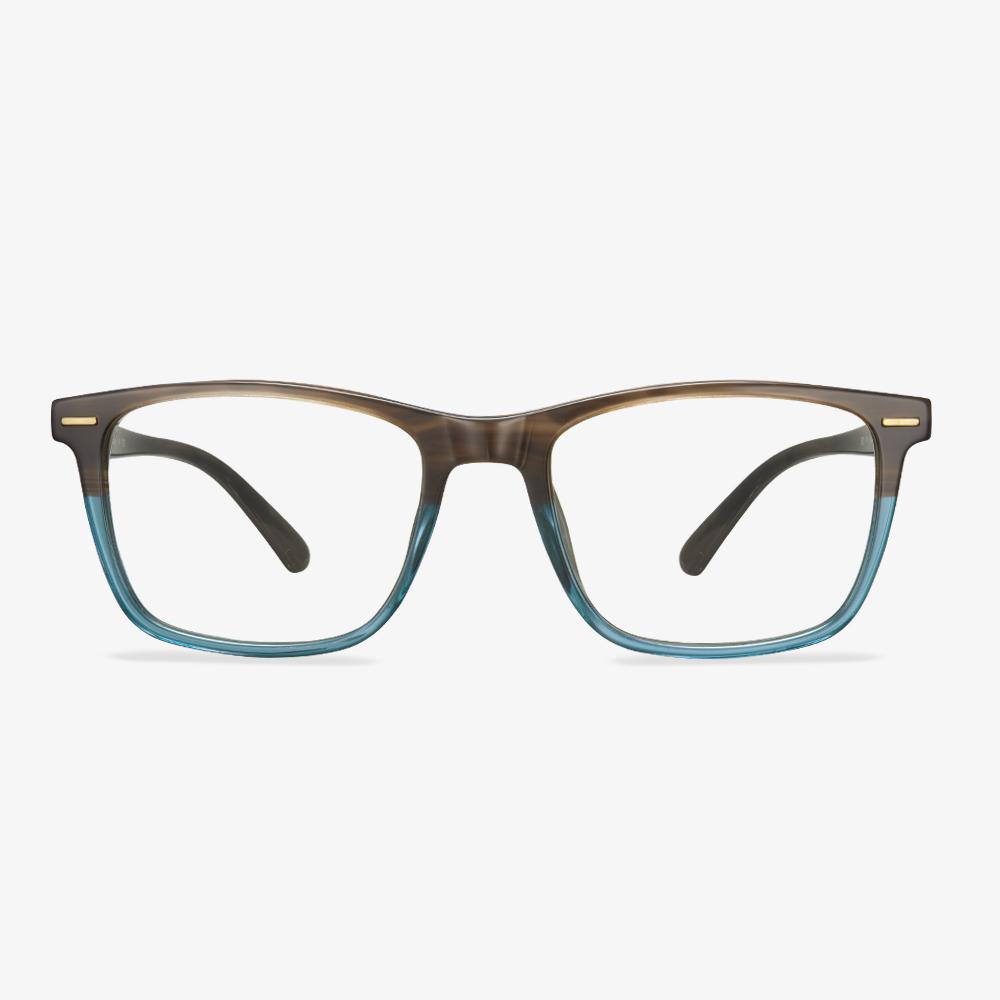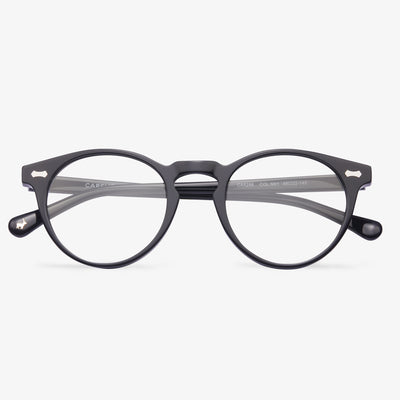What Are Bifocal Glasses?
Bifocal lenses are divided into two parts to accommodate two different prescriptions in one lens. One area of the lens will have one prescription (usually distance) and a segment in the lower half will have the other (usually near vision).
Bifocal glasses are most used to correct presbyopia - an age-related eye condition where the eyes begin to struggle to focus on anything up close. This difficulty usually results in people requiring glasses with two different prescriptions, one for short and one for long-distance.
On bifocal glasses, there is a distinct line between the different prescriptions. Wearers have to look up and down to switch between the prescriptions they need, with long-distance prescriptions at the top and near vision at the bottom.
Sunglasses For Fishing - Ray-Ban
Ray-Ban was founded in 1930 in the United States. It is the inventor of the world's first sunglasses and is known across the world for it. It is treated as a symbol of American culture. ?Since its inception, Ray-Ban has been focusing on the development of sun-blocking products and integrating a lot of high-tech into them, committed to providing the best vision protection for modern consumers.
What glasses are best for night driving?
You had better not make myopia sunglasses directly with sunglasses frame. The radian of a lot of sunglasses is too high. When the nearsightedness lens that uses 400 degrees directly is squeezed into radian even 600 degrees to 800 degrees frame. The actual degree of the lens and other parameters will change. And, to meet the processing that sunglasses frame needs, the pupil distance of most myopic sunglasses was magnified 4 mm above. This is eye damage! No matter what style or look your glasses are, make sure they are specifically designed to eliminate glare and improve your view.
Do blue light glasses actually block blue light?
Anti-blue light glasses are still popular on the market. This kind of glasses is said to be 'anti-radiation and anti-blue light', but this kind of hot-selling anti-blue glasses has many problems. At present, such anti-blue glasses mainly block or absorb blue light through special materials, but there are two misunderstandings in its blue light protection. One is that the protection is not preventable, and the other is that the color cast caused by the wrong protection makes visual fatigue aggravated. Studies have shown that our eyes are the most intolerant of blue light in the 400nm to 440nm band. Therefore, current manufacturers mainly block blue light in this band when producing anti-blue glasses. But the electronic products that we often come into contact with nowadays produce blue light between 450 nanometers and 490 nanometers, and anti-blue glasses have almost no protection in this wavelength. Generally speaking, the blocking rate of anti-blue glasses is 20% to 30%, but now the blocking rate of anti-blue glasses on the market basically reaches 80% to 90%. This high blocking rate can also easily cause a color shift. , It is easier to make the eyes tired.
How much does it cost to change the frames?
The price of changing a glasses frame is very different, from tens of yuan to thousands of yuan, mainly to see the quality of the glasses, material, and so on. Still, you should think about: the use of fixed a number of years of glasses if the glasses have wear and tear if it is worth to change.
Select qualified optical lenses.
Anti-blue light lens must be qualified optical lens first and must have a certain percentage of anti-blue light effect. The general anti-blue light optical lens effect is about 30%. Even if it is not nearsighted people, it is best to choose the brand lens of reliable optical lens production enterprises. Anti-blue light lens is only suitable for people who use electronic display devices such as computers for a long time and is not suitable for patients with visual fatigue symptoms.
The refractive index of the lens is related to the thickness of the lens.
The main factors that determine if a pair of finished glasses are beautiful, portable, and comfortable depending on the thickness and thinness of the processed lenses. Depending on the material, the index of refraction is different. If you just look at the refractive index, the higher the refractive index at the same degree, the thinner the lens will be. The thinner the lens will be, and the more beautiful the lens will be. However, the higher the refractive index, it is not the better. You can choose the refractive index lens suitable for yourself. But the refractive index is not the only factor that determines lens thickness. Think about the distance between your eyes and the size of the frames you choose, which can affect the thickness of the lenses you match. The larger the pupil distance, the smaller the frame, and the thinner the lens.











































